Inside: Wondering why educators should teach sel curriculum and character education. These 8 reasons will convince you and your colleagues.
When we teach our kids to be kind and we show them all the ways to speak and act with kindness more often, we often start with why they should be kind.
When kids know the reason behind anything, they’re much more likely to “buy in” and willingly cooperate, even on tasks they don’t wish to do.
Why do we have to leave? Because it’s almost dinner time and we’re hungry.
Why do I have to take a bath? Because you’re kind of smelly and I can see dirt behind your ears.
Why do I have to go to bed? Because when you sleep your body grows and moves all the things you learned today to your long term memory and I’m tired so you need to go to sleep.
And so when we can, we tell them the why behind what needs to be done.
So we can say “Be Kind,” but if we give them reasons that are meaningful to them as to why they should be kind, they’ll want to be kind…to siblings, to classmates, to teammates and to safe strangers.
The same is true as we grow up and become adults. When we know the why behind anything, we’re more willing to comply because it will make sense to us:
Why do I have to pay taxes?
Why do I have to have a colonoscopy?
Why do I have to attend this meeting?
So if we’re asking educators to add in social-emotional learning and character education into their already busy lesson plans, already packed days, and already overwhelmed mental load, we have to give a good reason (or many good reasons) to do it.
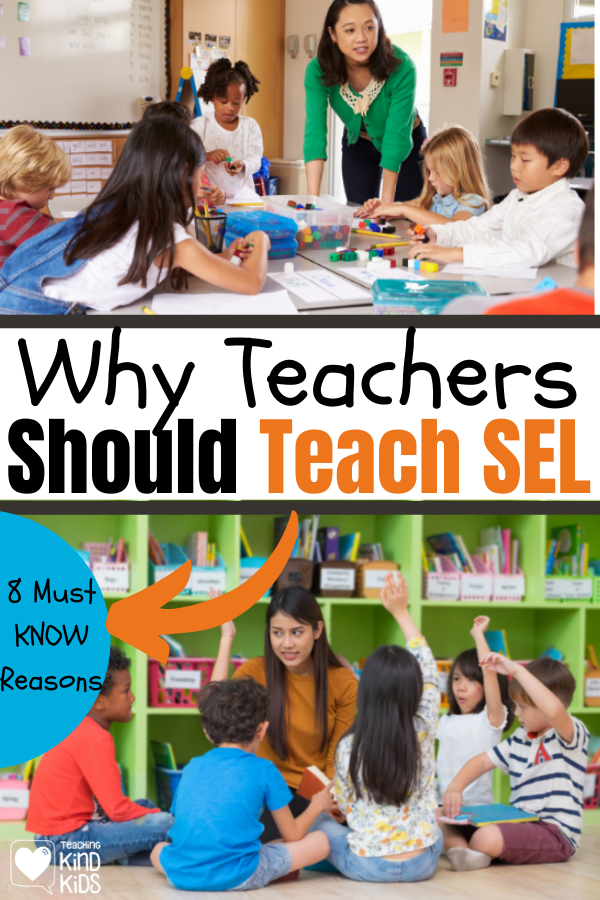
Types of Teachers Who Need To Know Why Educators Should Teach SEL:
Just like no two students are alike, no two teachers are alike. We’ve all met amazing educators, burnt-out educators, good educators, and people who should never have stepped foot in the profession.
So there are different reasons educators need to hear this message as to why social emotional learning is not a nice-to-have, but a crucial and essential part of our daily lessons.
Maybe you’re an educator who doesn’t need to be convinced to teach social emotional learning at all and maybe you’re already teaching it. But maybe you need to read this and have “ammunition” and answers for when a colleague or an administrator or parent questions you.
Maybe you do need to be convinced. Maybe you’re like my colleague Dean* who never really understood why educators should teach SEL curriculum. *not his real name
Dean was an ex-police officer who became an educator because our pension was better. To say his heart wasn’t in education was an understatement. He often made fun of one of my autistic students to my face because she had developed coping mechanisms that worked for her but seemed different to someone who didn’t know her.
Dean needs to be convinced why educators should teach SEL.
Or maybe you fall somewhere in between the two extremes and you like the idea of character education but you’re not ready to prioritize it with the other list of standards you need to teach to mastery.

Here’s Why Educators Should Teach SEL:
Research has proven that SEL Curriculum works and is effective for so many reasons.
If we’re teaching the whole child, we can’t just teach academic skills.
Social-emotional learning and character education teaches our students how to be the best versions of themselves and helps them spread their kindness and empathy and compassion with the world around them.
Here are a few MORE reasons why Educators Should Teach SEL curriculum that may resonate with you as an educator:
1. Kindness is NOT Being Taught at Home
I think most educators can agree that kindness and character education begins in the home. It should be taught in the home.
But we know kindness is not being taught in every home, or even in most homes.
For some of our families, it’s not important.
In some of our families, it’s not what they’re used to and they do what they’ve always done.
And in some of our families whose basic needs are not being met, students and parents can’t focus on kindness when they’re instead focused on finding food and a safe place to live and keeping the electricity on.
So as with all other things that “should be taught at home but aren’t,” it falls to the schools to teach.
Related: How Educators Can Encourage Kindness at Home
I’ve taught students how to put on deodorant, how to tie shoes, and how to ward off the unwanted advances of older boys; none of which fall into my job description, but teachers do what needs to be done and teach what our students need. 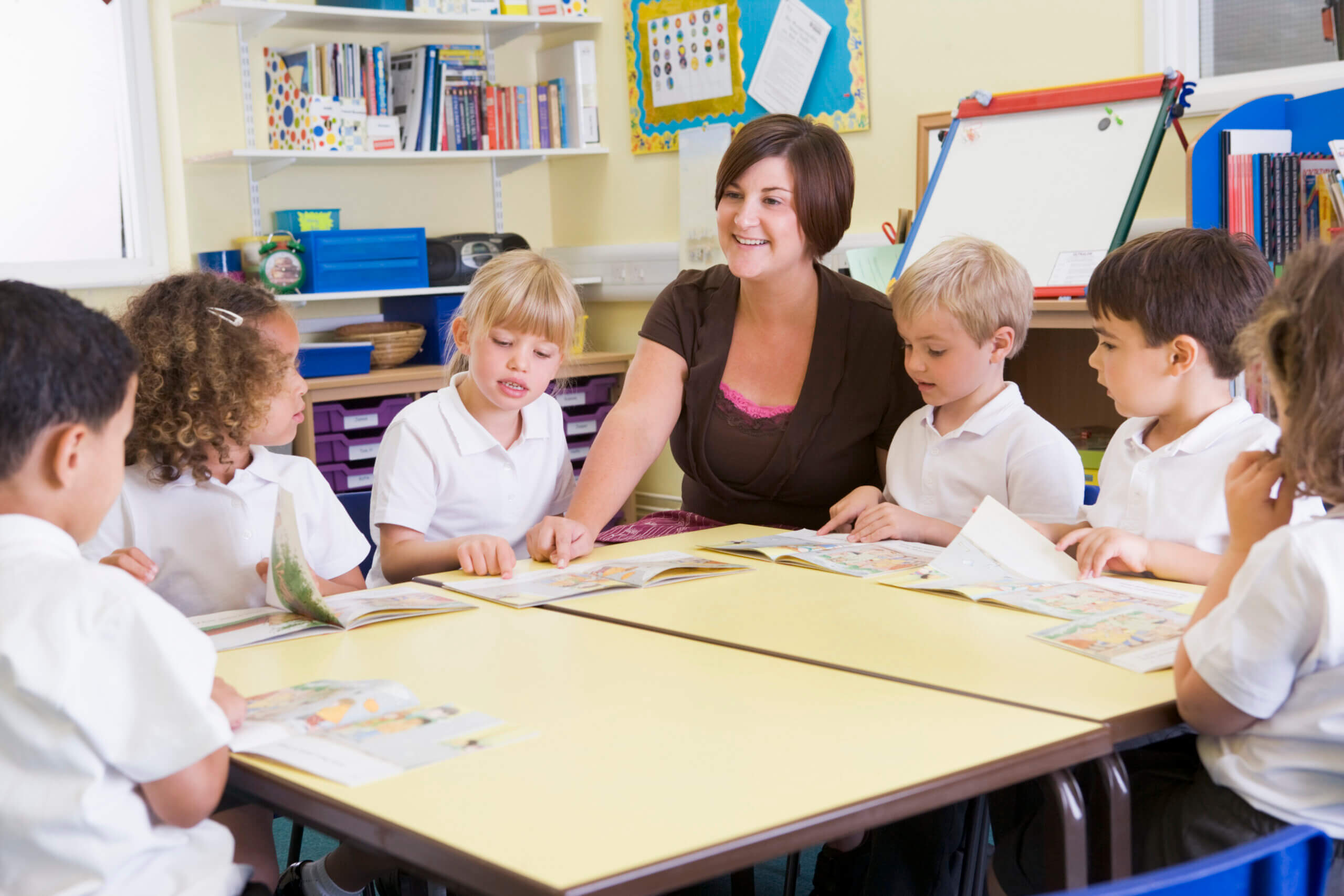
2. Why Should Educators Teach SEL? It Creates a Safer Learning Environment
As educators, we all come from different backgrounds and ideologies and value systems. But hopefully, most of us can agree to this one tenet: Our school, and by extension, our classroom, must be a safe place for students to come and learn.
When we do not focus on social emotional learning and character education, our schools become a breeding ground for unkindness, cruelty, belittling, bullying, and harassment.
Related: How Educators Can Prevent Bullying in our Classrooms
1 in 5 of our students will have been bullied by the time they leave elementary school, and for many students, it’s happening right in our classrooms, under our noses. For our Special Education students, 1 in 3 will be bullied.
Students who do not feel safe emotionally or physically will spend their days worrying, avoiding their aggressors, and protecting themselves mentally. They will withdraw, lose self-confidence, hate school, become apathetic, and will lose concentration.
For older students, a dangerous learning environment leads to a decrease in school attendance and an increase in depression, anxiety, self-harm, and suicide rates.
However, if we take the time to teach character education and build it into the cracks of our everyday lesson plans, students will feel welcomed, safe, and wanted, and therefore much more ready to learn.

3. Improves Academic Success (and Test Scores)
A safe, warm, welcoming environment where students feel like they belong automatically improves our students’ academic success since they’ll show up without mental obstacles holding them back.
If their fight or flight response doesn’t need to kick in to protect themselves, they can now really absorb the lessons and master the standards and focus on the test.
They’ll be more willing to raise their hand and risk being wrong, or risk being right again, or risk thinking too far out of the box because they’ll know they won’t be teased or belittled or put down for being wrong or being right or being “weird.”
Students who feel emotionally safe and know they are valued for who they are, come to school ready to learn.
And a student who is ready to learn and wants to learn has a much higher chance of academically succeeding than a student who is apathetic or openly dislikes school and learning and is sullen or emotionally distant.
When we teach social-emotional learning, a student’s confidence rises, their motivation will increase, and their attendance will no longer be tied to whether or not they feel the need to avoid an aggressive or unsafe situation on our campus.
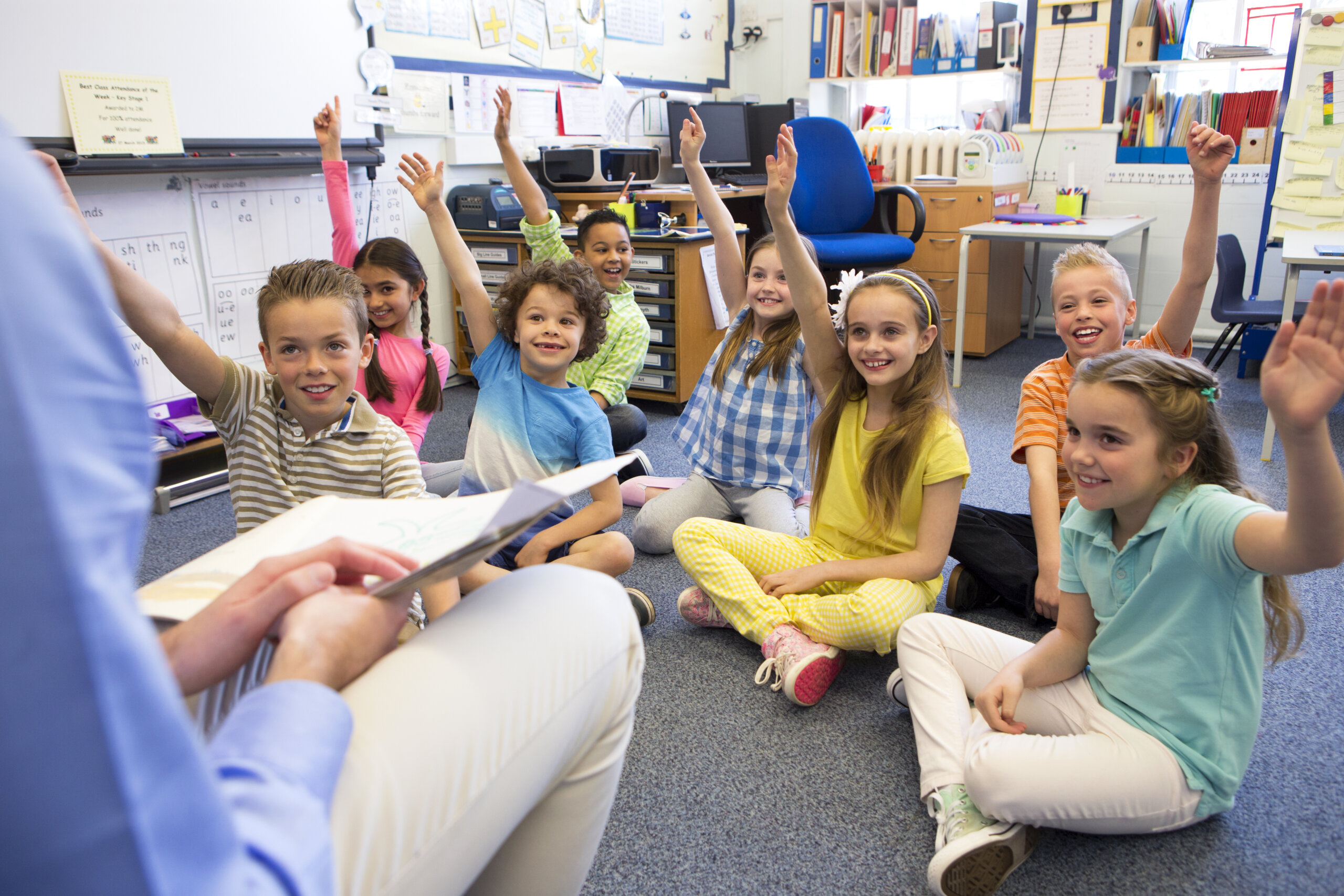
4. Teaches Skills You Want Your Students to Have
When we systematically teach character education and social emotional learning, we teach valuable, essential skills that are often overlooked in our state standards list:
- problem-solving skills
- conflict resolution skills
- teamwork and collaboration skills
- responsibility
- decision-making skills
- perseverance and resilience
- confidence and advocacy skills
- self-regulation skills
- social skills, manners, and positive peer relationship skills
And when we teach these crucial skills to our students, this saves us time and headaches because we get to play referee less; there will be less playground drama to decipher and deal with, less friendship issues that seep into our classroom, and for older students, less breaking up of physical fights.
The world will be easier to live in when more adults have these skills…and one way to make that happen is to intentionally teach these skills to our students now.

5. It’s Not as Hard/Time Consuming as You Think
Yes, it would be great if every teacher had an hour block each day to devote to character education.
But we know that’s not the reality of any day or lesson plans when we’re also teaching language arts, math, science, social studies and ELL.
There are also ways we can squeeze in sel curriculum into the cracks of our lesson plans, when we have a few minutes before the bell rings. We have lessons, mini lessons and activities that can take 5 minutes, 20 minutes or a whole hour like our Kind or Trash Game, our 60 Kindness Discussion Starters, and our Includer Bingo Game.
We can also “double dip” and use our language arts minutes to also focus on character education…reading and writing about kindness and anti-bullying and being a good friend, and being helpful counts as both ELA and SEL.
Two birds, one stone, no extra minutes in your lesson plans required.
Related: 10 Easy Ways to Teach SEL Curriculum

6. Increases Students’ Emotional Intelligence Which Improves Their Behavior
When we teach our students to be kind, we often use the tool of connecting their emotions to their behavior. You were kind. How did it feel to be kind? Or, I see your friend is crying. How do you think they feel? Or that was an unkind thing to say. If that was said to you, how would you feel?
Labeling and then learning to manage their emotions allows students to build up their emotional intelligence. It improves their self-awareness and their self-regulation and their coping skills.
But it also improves their behavior.
When students- or adults- bottle up or suppress their emotions, they often blow up later and can’t seem to control or manage their big emotions. These explosions of pent-up anger or frustration or fear or embarrassment are often one way to tickets to the principal or counselor or dean’s office.
When we teach students how to manage their emotions, how to imagine how others might feel, how to label emotions, not only does it build up their compassion and empathy towards others, you’ll also see fewer behavioral issues because students will feel seen and heard and will have an emotionally healthy outlet for dealing with their emotions, rather than punching or throwing or kicking or screaming.
Which means less paperwork, distractions, and drama for classroom educators.
Related: How to Increase Kids’ Emotional Intelligence

7. Builds a Positive Classroom and School Culture
We don’t need perfect students. We don’t need sunshine and rainbows and everyone loves everyone and no one ever disagrees. That’s not the aim of character education and intentionally teaching students to be kind.
However, if we value sel curriculum and focus on character education and set clear expectations for our students, they will rise to the occasion; our students will speak and act with more kindness, more often, with less reminders from us.
Kindness will become a habit: they’ll instinctively cheer someone up or cheer them on rather than put them down or belittle them.
Creating a positive classroom environment–setting students up to want to be kind, connecting with them in meaningful ways, setting clear expectations for behavior and how they treat each other, hanging up kindness messages and posters and then referring to them often–students will know that in your classroom, whether they’re with you or not with you, kindness is the expectation.
Related: The Only Two Classroom Rules You’ll Need
Just like doing their best work is the expectation, and coming to school on time is the expectation, and turning in completed schoolwork with their name on it is the expectation.
And that’s a classroom you’ll want to spend 7-8 hours a day, 180 days a year in.
Related: How to Create a Positive Classroom Environment in Under 5 Minutes
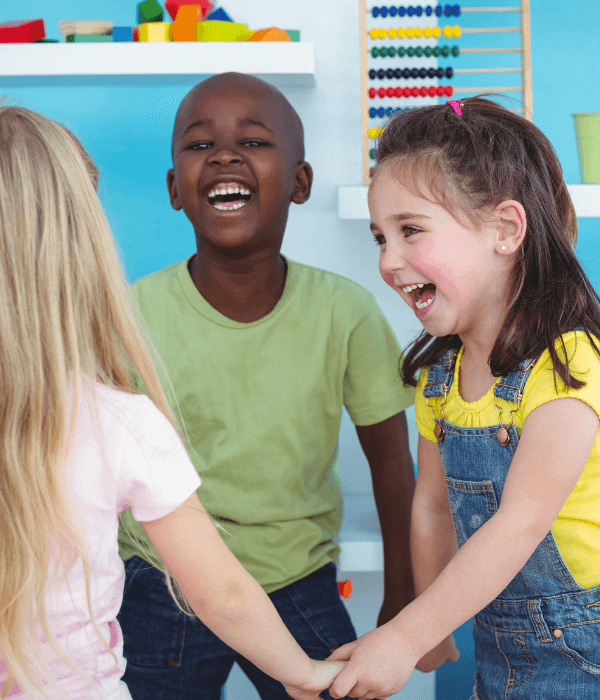
8. Mean and Cruel Students < Kind, Thoughtful, Helpful Students
As a teacher, I spent most of my waking hours on campus with my students. I spent most of my day in the four walls with these 20+ little people, every day for 180 days.
So it was in my best interest to create a class of kids that I wanted to spend time with (because I was going to spend time with them regardless.)
I want to be around people who are kind, thoughtful, helpful, generous, and sweet. I’d much rather teach those kids.
I’ve been around cruel and nasty young children and I truly hated every moment. It sucked the joy out for me and those were the harder years to teach.
Teaching is hard enough without mean, nasty, cruel kids surrounding you.
Focusing on kindness will help you enjoy your teaching year so much more because you’ll want to be with these kids who know to help rather than laugh, cheer on rather than put down, and give rather than take.
And when we enjoy our jobs and enjoy our students and enjoy our time on campus, we are more at peace and happier with the world. We can share our kindness with others.
And we can continue to teach SEL curriculum and convince our colleagues to join us…because we also all know that teachers quite literally create the future of our communities.
Let’s create a kind, compassionate, helpful, thoughtful community we can be proud to be a member of.


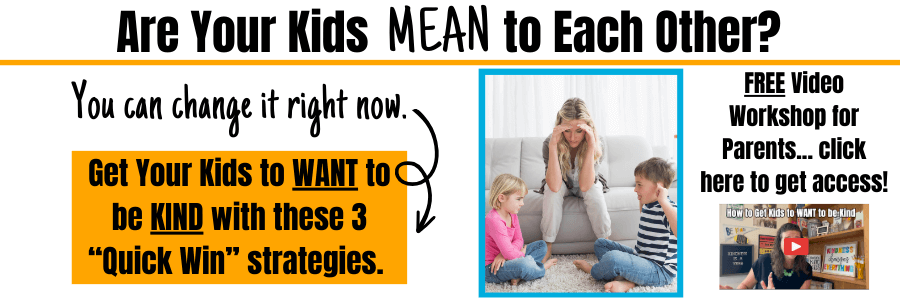
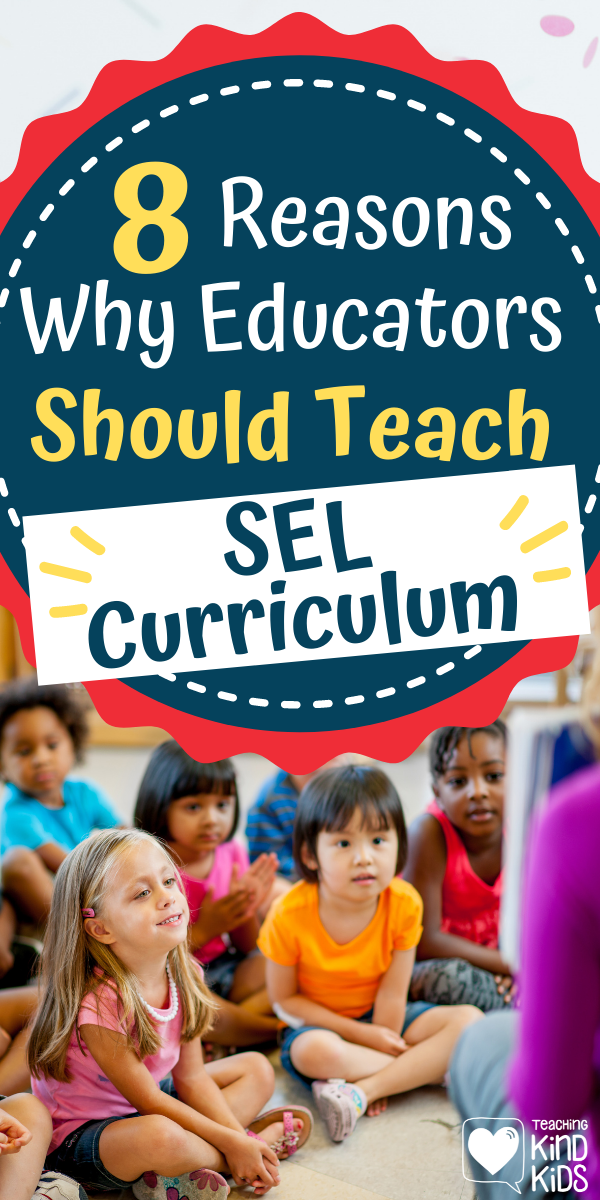


Leave a Reply